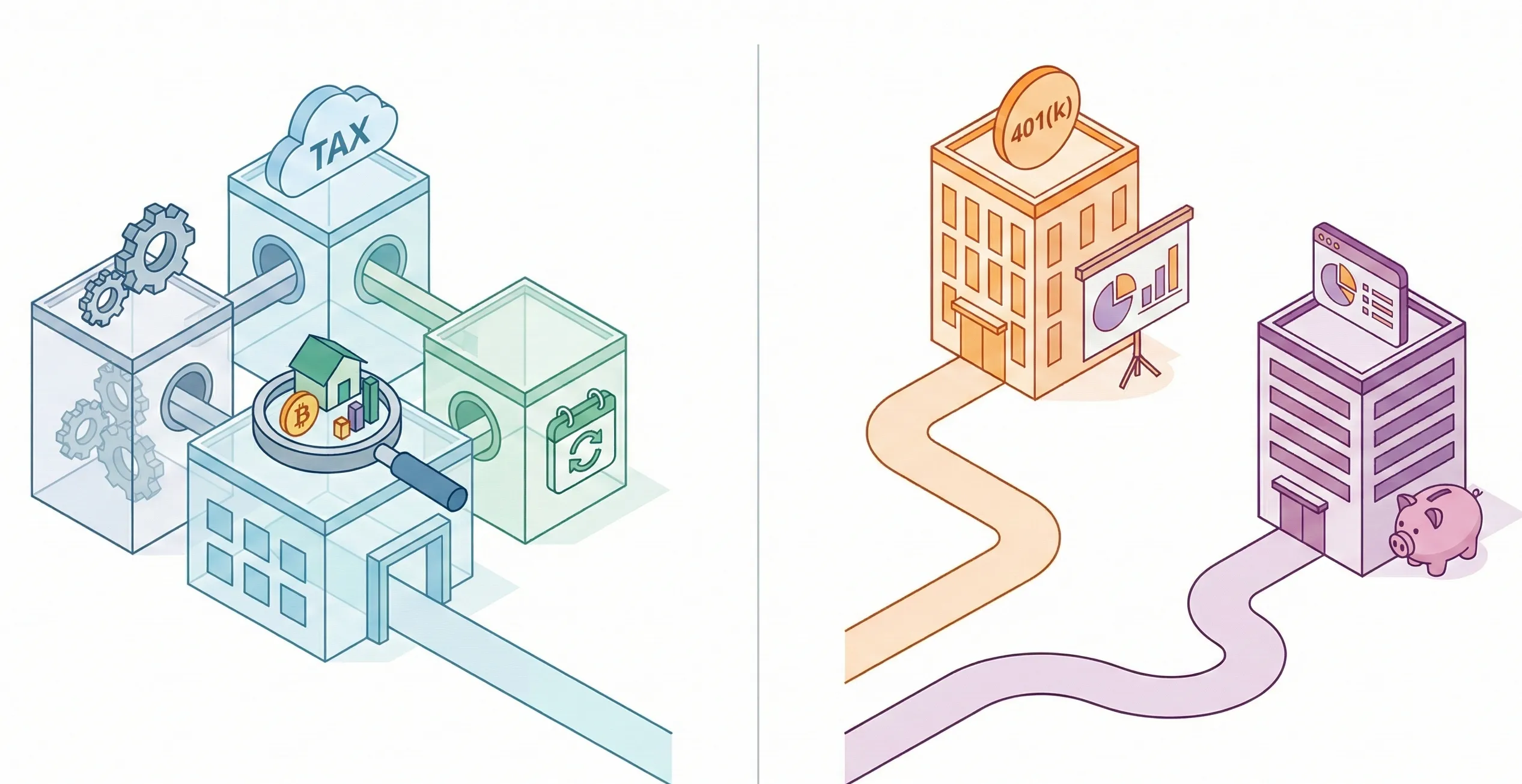Retirement Planning: PortfolioPilot vs Boldin (NewRetirement)

According to Fidelity’s latest estimate, an average couple may need about $330,000 to cover health-care costs throughout retirement (Fidelity, 2025). That figure can feel intimidating, and it often leads to the misconception that “more growth” alone solves the problem. In reality, the planning engine matters: taxes, account location, withdrawal order, and spending shocks often drive outcomes as much as market returns. This article explains how PortfolioPilot and Boldin (formerly NewRetirement) approach retirement planning, what each tool emphasizes, where they differ, and how a person might think about continuity and depth over the long run.
Key Takeaways
- PortfolioPilot provides ongoing, tax-aware, AI-guided planning tied to real accounts, under a regulated RIA framework.
- Boldin (NewRetirement) offers a DIY-style planner with detailed “Explorer” tools for specific planning questions such as Social Security and Roth conversions.
- Both emphasize tax-aware modeling, but differ in how guidance is delivered: continuous updates vs. user-driven exploration.
- The main distinction is structural: PortfolioPilot integrates full-picture tracking and monthly prompts; Boldin centers on DIY control and modular analysis.
What Both Platforms Offer (10 Shared Capabilities)
- Retirement projections – Model long-term income needs and balances under changing conditions.
- Scenario analysis – Support for “what-if” comparisons (e.g., retire early vs. late, adjust spending, market dips).
- Tax-aware modeling – Factor in taxable, tax-deferred, and tax-free accounts when planning withdrawals.
- Multi-account coverage – Handle multiple accounts, including IRAs, 401(k)s, and brokerage assets.
- Health-care cost awareness – Integrate assumptions for longevity and health-related spending.
- Spending flexibility – Allow users to adjust spending assumptions and see plan impact.
- Social Security modeling – Reflect timing decisions and income sequencing trade-offs.
- Real estate inclusion – Incorporate home equity or rental income into projections.
- Ongoing or on-demand updates – Enable plan refreshes as markets or inputs change.
- Behavioral structure – Help reduce inertia and overconfidence by turning long-term goals into concrete next steps.
So what? Both tools model retirement viability, but differ in how they sustain engagement through time.
Free vs. Paid: The Key Divide
- PortfolioPilot
- Free for individuals: Offers tools to help you plan for retirement, tax-aware modeling, and scenario testing at no cost.
- Optional flat-fee membership ($29/month): Adds continuous tax optimization, fee analysis, and estate integration.
- No AUM fees or custody: Operates independently from asset management, keeping investors in control.
- Boldin (NewRetirement)
- Tiered access model: Documentation references a free “Planner” and a paid “PlannerPlus” tier, which unlocks advanced features such as detailed tax modeling, Monte Carlo projections, and Explorer modules.
- Paid plan pricing (as of public listings): Starts around $144 per year, depending on access and features (based on third-party review summaries; actual pricing subject to change).
- Emphasizes self-directed planning with user-adjusted assumptions and in-depth simulations.
So what? PortfolioPilot integrates tax-aware, guided planning for free; Boldin extends flexibility through paid, DIY controls.
Where They Differ (and Why It Matters)
PortfolioPilot - Dynamic, Integrated Guidance
- Monthly guidance tied to markets: Adjusts advice as inputs or conditions change.
- Integrated ecosystem: Connects planning with tax optimization, diversification analysis, and estate workflows.
- Scenario comparisons: Enables multiple “what-if” simulations side-by-side with probability outputs.
- Multi-asset scope: Covers brokerage, retirement, real estate, cash, and liabilities.
- Behavioral design: Uses AI-driven nudges to keep plans aligned through up-to-date context.
- Regulated framework: Built by Global Predictions, an SEC-registered investment adviser (registration does not imply skill).
Boldin - Modular, DIY Depth
- DIY plan builder: Users construct detailed models with income streams, assets, and spending assumptions.
- Explorer modules: Specialized tools for Social Security, Roth conversions, and other advanced topics.
- Self-directed cadence: Users choose when to refresh assumptions and rerun projections.
- Access flexibility: Tiered structure balances free entry with deeper modeling for paid users.
So what? PortfolioPilot emphasizes guided continuity; Boldin emphasizes user control and modular independence.
Which Platform Fits Different Planning Styles?
- Choose PortfolioPilot if you prefer a guided, integrated plan that updates automatically and ties tax, fee, and diversification awareness into one system - without paying subscription fees. It also supports detailed what-if scenarios and simulations, but simplifies execution by connecting them directly to live account data and monthly recommendations.
- Choose Boldin if you prefer a more manual, DIY environment for building and adjusting plans independently, using dedicated modules for items like Social Security and Roth conversions. It offers granular controls and on-demand scenario modeling for those who enjoy fine-tuning every input themselves.
The comparison is based on publicly available information from each provider’s website as of 11/19/2025. Features, fees, and methodologies may change over time.
How optimized is your portfolio?
PortfolioPilot is used by over 40,000 individuals in the US & Canada to analyze their portfolios of over $30 billion1. Discover your portfolio score now:





